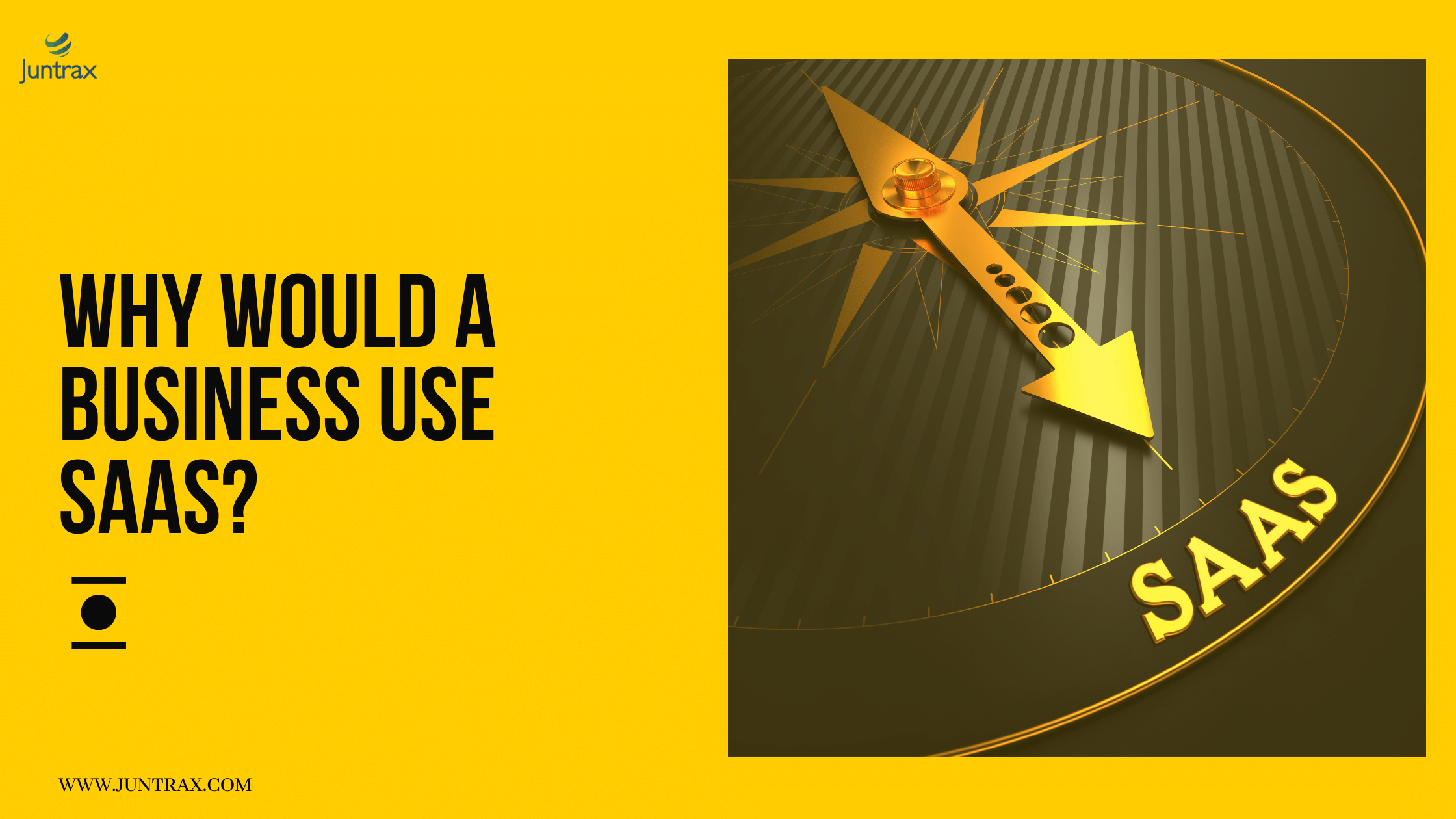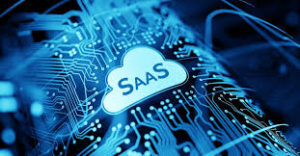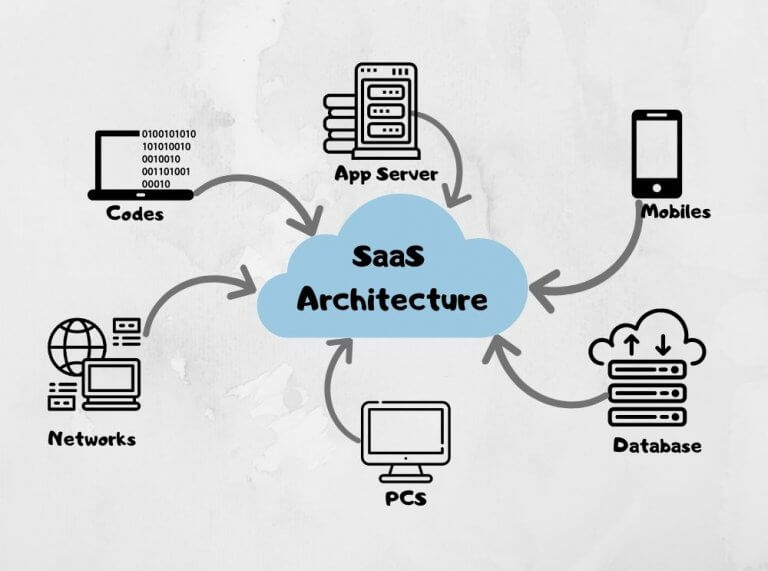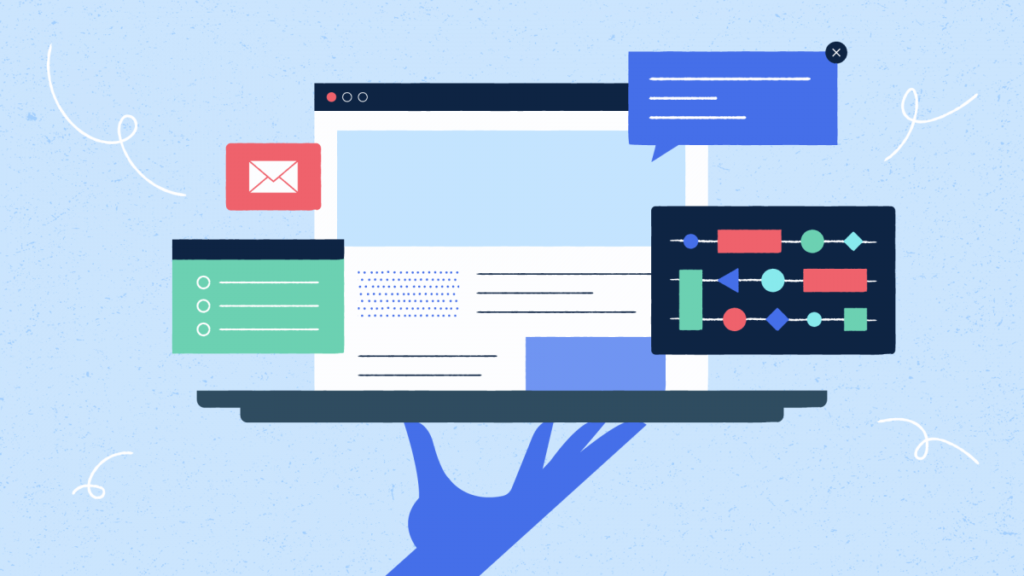Why would a business use SaaS?

The Global market witnesses outstanding upgrades every passing second. One such upgrade that redefined functioning is SaaS.
In order to improve their performance, all prominent companies are adopting SaaS as one of the most rapidly growing practices.
What is SaaS?
Software as a Service, also known as SaaS, is a cloud-based service where instead of downloading the software on your desktop PC or business network to run and update, you get to access an application with the help of an internet browser.

These software can range from Office software to communication platforms or entertainment outlets. Many businesses have opted for SaaS solutions to streamline their facilities and services to their target audience.
Read this article to learn more about SaaS : What is SaaS
Architecture of SaaS
Multi-tenant architecture is a major feature of Software as a Service. A multi-tenant architecture allows multiple customers to access and use a single version of an application with the same coding and configuration. In this configuration, hardware, a network, design codes, and an operating system may be included.
The most essential factor in the designing of an SaaS solution is scalability. It is necessary for the smooth installation and usage of the application on numerous devices.

There are cases when an updated or a test version of the application is extended for customer use. In such scenarios, different versions of the software are configured and customised for their customer sites.
SaaS Characteristics
You can interpret an Software as a Service as a locker room. It consists of various lockers and each one comes with a different key to protect its security and safeguard the items stored in the locker. There are numerous lockers in one room and each of them is regularly used. They are used by numerous individuals without worrying about the security of their belongings because they trust the security and services provided by the institution.
Now that you have a basic idea of the functioning of SaaS solutions, let us explore some of its key characteristics –
It comes with a Multitenant Architecture
All the users who avail the services of SaaS are sharing a common infrastructure that shares a single code and configuration. Even though they are using the services separately, with full privacy and security, they are working with a service that is maintained centrally.
It allows effortless customisation
Software as a Service solution allows their customers to avail themselves customised applications per their business venture’s requirements.
For example, an entertainment-based SaaS application will have different requirements than a sales-based SaaS application. It allows you to get unique customizations, which are further preserved with the help of upgrades. This gives them a cost-effective and effective choice of service.

It provides remote access
Remote access can rightfully be addressed as the need of this hour. The current pandemic situation highlighted the requirements of a model which allows data security and storage along with remote and flexible access. Software as a Service provides all these features and allows convenient data management. It allows the users to access their data on any device without any network barriers. It gives real time data updates and ensures comfort of communication and information distribution.
Also read : Do SMBs, SMEs, and Startups need Automated Solutions?
Advantages for Businesses using SaaS
SaaS provides several advantages with a variety of attributes and an effortless user experience.
Here are some of the main characteristics of SaaS –
Ease of Accessibility
SaaS simplifies user experience by providing flexible accessibility through interfaces and devices. It can run through an internet browser and, therefore, does not require specific operating systems for access.
For example, let us consider the software Juntrax by Juntrax Solutions. It is SaaS-based business operations software known for its comprehensive and user-friendly management assistance for SMEs and startups. Since it is SaaS-based, it can easily be accessed on system interfaces like Windows, Mac, Linux, iOS, or even Android.
This flexibility and versatility allows SaaS applications to be accessed even outside office premises or on different devices like computers, laptops, tablets, ipads and mobile phones. This removes the tension for checking the compatibility of the software and provides a smooth and adjustable work environment for both the employees and the admin.
Smooth and fuss-free updates
SaaS applications run on a cloud based interface. This allows easy updates on a large scale without causing any hindrance or inconvenience to the user. It allows updates to happen simultaneously while the business processes are being carried out. Unlike on-premise software, it does not require a compatibility check nor does it require the work to stop while the updates are settled in the systems. It also allows easy and prompt security testings before routine updates and effortlessly allows the patches to be applied through the system.
SaaS model is the perfect option to prevent loss of work and time which occur otherwise in the case of on-premise or system specific software.

Hardware
The best attribute of SaaS is that it does not require any additional investment in hardware or any other logistics. Unlike Software as a service application, on-premise software is system-specific and requires special configuration, external safety aid and a set of different equipment for assistance. On top of these requirements, they also need additional servers and network switches to form a smoothly functioning IT structure.
SaaS applications come with two necessities i.e. an Internet connection and a device where it can run. This device can be a laptop, a computer, a tablet or even a phone. SaaS also inculcates scalability to the system i.e. in case if the enterprise wishes to add more users to their system or reduce them, they can easily adjust that in their billing plan.
Saving and storage
On-premise software requires a backup special generation and consumes a considerable amount of space while storing all data. This creates a need for investment in incredible backup aids. This is where Software as a service, serves to be the most convening and user-friendly option. It inherently works on a cloud-based interface and by default stores all data on the cloud.
This data is conserved through security measures like login credentials and can be accessed as per the requirement and convenience of the subject. It does not occupy any additional space in the device and provides a user-friendly experience. Unlike system-specific software, in the case of Software as a service, the employee can easily shift working from one device to another without any loss of data.
Data and analytics
The centralized platform makes it easy to capture data and provide it for analytics. SaaS software is usually equipped with reporting and intelligence tools and visualizations that provide valuable insights into business operations, allowing streamlined workflows and realized efficiency savings. As access depends on a paid subscription, the vendor does not need to worry about piracy, which might otherwise damage access and pricing.
Why would a business use SaaS -Conclusion
SaaS tends to offer numerous advantages to both the suppliers and the users. While some enterprises might prefer to set up their own cloud management services and use orchestration between devices and sites to control their own data, for the majority of small businesses at least SaaS offers unrivaled opportunities that can help them develop, expand, and provide more value to both staff and customers.

SaaS models offer lower upfront costs than traditional software download and installation. This makes them more available to a wider range of businesses, making it easier for smaller companies to disrupt existing markets while empowering suppliers.
2 thoughts on “Why would a business use SaaS? ”
Comments are closed.
What抯 Taking place i’m new to this, I stumbled upon this I have found It absolutely helpful and it has helped me out loads. I’m hoping to contribute & assist different customers like its helped me. Great job.